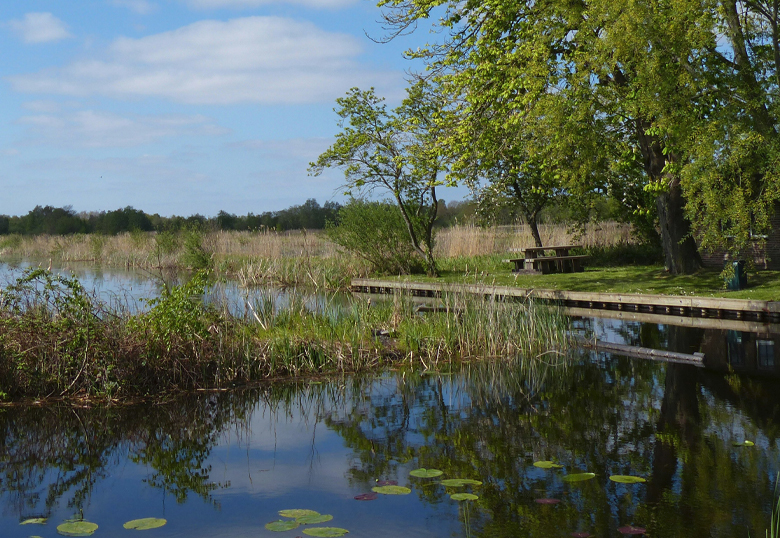Eight University of Lethbridge research projects focused on water storage, carbon storage, insect health, fish habitat and the endangered sage grouse will go ahead thanks to a $500,000 grant from Alberta Environment and Protected Areas (AEPA).

“We’re joining forces with the University of Lethbridge to look deeper into environmental issues impacting southern Alberta,” said Rebecca Schulz, Minister of Environment and Protected Areas, in a news release. “This grant will help us better maximize and manage Alberta’s water supply, reduce emissions, recover species at risk and protect the environment in the years ahead. This is a great example of government and university scientists working together.”
The three-year research grant will ultimately help both government and ULethbridge researchers better understand and respond to environmental challenges in southern Alberta and across the province.
"The Ministry's significant investment in these innovative and provincially important research projects led by University of Lethbridge researchers working with Environment and Protected Areas colleagues is greatly appreciated,” says Dr. Dena McMartin, vice-president research. “The research includes answering important questions about water resources and habitat management, carbon storage in landscapes, ensuring diverse and thriving insects, birds, and fish populations, as well as human actions and interventions that affect water and lands."
The projects target diverse areas of research. Drs. Matthew Bogard and Sam Woodman (BSc '15), a postdoctoral fellow, will collaborate with researchers from AEPA and Ducks Unlimited Canada to map and define patterns of prairie wetland carbon and nutrient stocks.
In another project, Drs. Theresa Burg and Melissa Chelak, a postdoctoral fellow, will work with AEPA scientists to see how endangered sage grouse populations are responding to recent habitat restoration, namely oil and gas reclamation efforts.
Drs. Laura Chasmer, Chris Hopkinson and Craig Coburn will be focusing on the vulnerability of peatlands to wildfire. Peatlands in Alberta have been drying out in recent years, reducing their ability to slow the spread of forest fires and resulting in increased carbon loss into the atmosphere. In addition, Chasmer and Hopkinson will also work on a project to assess the province’s lake water resources.
Climate phases, such as El Nino, can impact the productivity of native grassland and wetland ecosystems. Dr. Larry Flanagan and AEPA will examine how these year-to-year variations in weather contribute to fluctuations in productivity and carbon sequestration in these ecosystems and how these factors in turn can affect dryland farming, ranching, irrigated crop production and bird habitat.
How rainbow and brown trout in urban rivers such as the Bow River are affected by the combined effects of exposure to two stormwater associated chemicals as well as increased water temperatures and decreases in dissolved oxygen is the subject of research by Drs. Steve Wiseman and Andreas Eriksson, a postdoctoral fellow, in collaboration with researchers from AEPA and the University of Saskatchewan.
Grasshopper expert, Dr. Dan Johnson, will be conducting extensive field sampling of Orthoptera to determine their diversity, abundance and biomass in wildlife food webs. Orthoptera includes insects such as grasshoppers and crickets.
A project team led by Dr. Jodie Asselin, an anthropology professor, in collaboration with government researchers, will look at the impact of human activities on the ecology of the Upper Oldman Watershed to assist in the development of policies that balance the needs of recreational users with the protection of at-risk species such as bull trout.
“These projects will help to monitor and build understanding of the southern Alberta environment and potentially lead to better responses to droughts, floods, species at risk and less predictable climate changes,” says McMartin.
